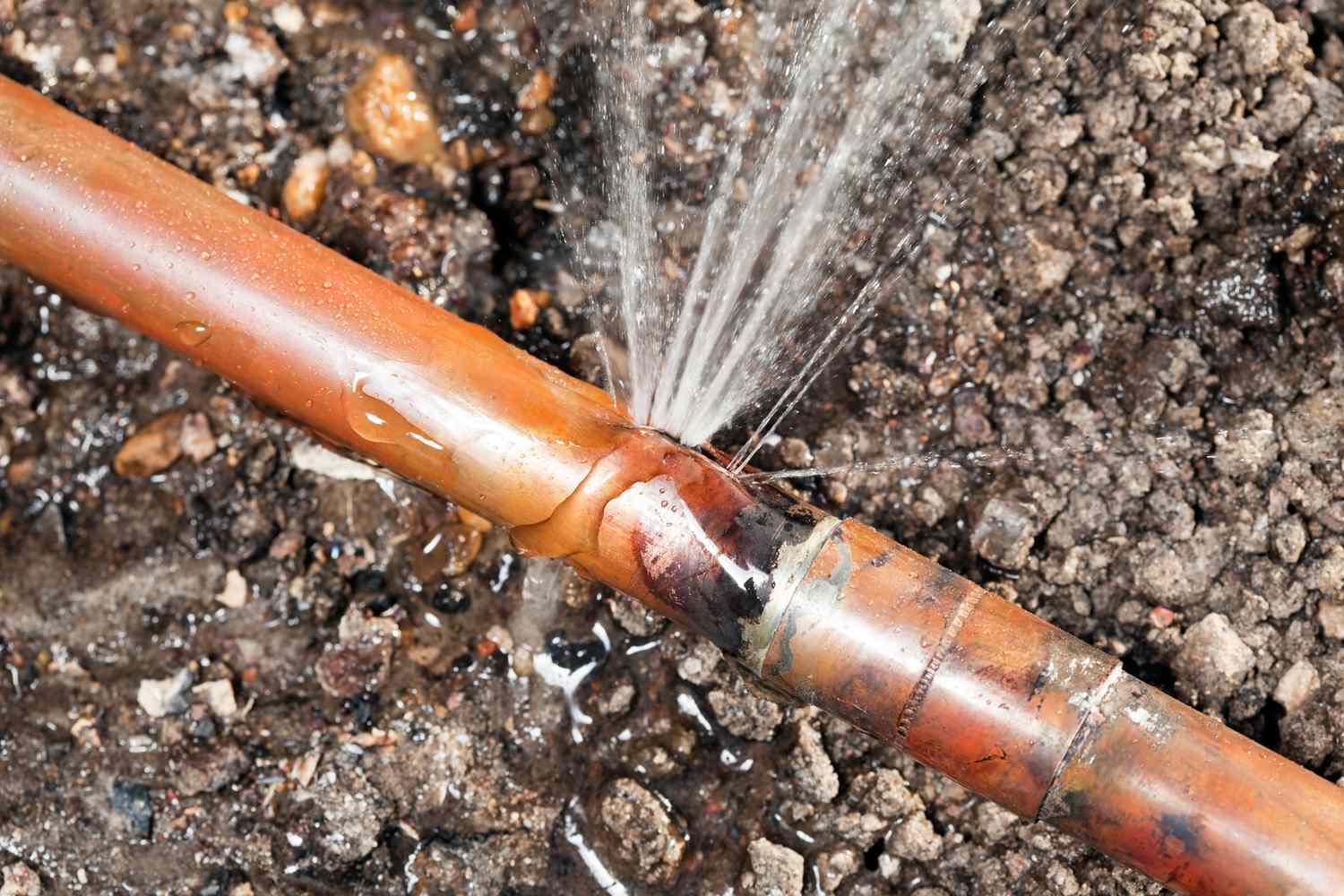Gutters, those unsung heroes of your home’s plumbing system, silently divert rainwater away from your foundation, protecting it from moisture damage. But clogged gutters can cause a cascade of problems, from basement flooding to roof damage. So, how often should you clean your gutters to ensure they function optimally?
The Frequency Factor: It Depends
Unfortunately, there’s no one-size-fits-all answer to the gutter cleaning question. The frequency depends on several factors:
- Your Surroundings: Trees: The biggest culprit for clogged gutters is foliage. If your house is surrounded by trees, especially those that shed needles or leaves year-round, your gutters will need more frequent cleaning. Expect to clean them twice or even three times a year during peak shedding seasons (spring and fall). Open fields: Houses in open areas with minimal trees might only require annual cleaning.
- Weather Patterns: Heavy rainfall: Areas with frequent heavy downpours necessitate more frequent cleaning to prevent gutters from overflowing. Dry climates: In arid regions with minimal rainfall, gutters might require cleaning less often, but it’s still important to perform regular checks.
- Gutter Design: Larger gutters: Wider gutters with larger capacities can handle more debris before clogging, requiring less frequent cleaning. Smaller gutters: Narrow gutters clog more easily and might need cleaning more often, especially in areas with heavy leaf fall.
- Gutter Guards: Gutter guards, either mesh screens or solid covers, can significantly reduce the frequency of cleaning by preventing leaves and debris from entering the gutters in the first place. However, they may need occasional cleaning themselves to remove accumulated dirt and twigs.
Beyond Frequency: Signs Your Gutters Need Attention
While cleaning frequency depends on your specific situation, here are some universal signs that your gutters are overdue for a cleaning:
- Visible Debris: Overflowing gutters with leaves, twigs, and other debris are a clear indication they need attention.
- Water Overflow: If water spills over the sides of the gutters instead of flowing freely through the downspouts, it’s a sign of blockage.
- Water Stains: Dark streaks running down your exterior walls or pooling around the foundation can indicate clogged gutters causing water to back up under the roofline.
- Mosquitoes: Gutters filled with stagnant water create a breeding ground for mosquitoes. If you notice an increase in mosquito activity around your home, it could be due to clogged gutters.
- Sagging Gutters: The weight of accumulated debris can cause gutters to sag or pull away from the fascia board. This can damage the gutter system and potentially lead to roof leaks.
The Art of Gutter Cleaning: Safety First
Cleaning gutters can be a messy job, but it’s an essential part of home maintenance. Here are some safety tips to keep in mind:
- Work with a Partner: Never clean gutters alone. Having someone hold the ladder for stability is crucial to prevent falls.
- Use Proper Equipment: Wear sturdy shoes, gloves, and eye protection to avoid injury from debris or falls.
- Choose the Right Ladder: Use a sturdy extension ladder long enough to reach all sections of your gutters. Ensure the ladder is properly secured on a level surface.
- Start from the Top, Work Your Way Down: Begin cleaning from the highest point of your gutters and work your way down. This prevents debris from falling back onto you as you clean.
- Scoop Carefully: Use a trowel or scoop to remove large debris. Be careful not to damage the gutter material.
- Flush the Downspouts: Once the gutters are clear, use a garden hose to flush out any remaining debris lodged in the downspouts.
Alternatives to DIY Cleaning:
If you’re uncomfortable cleaning your gutters yourself, consider hiring a professional gutter cleaning service. Professionals have the necessary equipment and expertise to clean your gutters safely and efficiently. They can also identify any potential problems with your gutter system and recommend repairs.
Investing in Gutter Protection
While regular cleaning is essential, gutter guards can significantly reduce the frequency and hassle of maintaining your gutters. They come in various types, each with its advantages and disadvantages:
- Mesh Screens: These allow water to pass through while blocking leaves and debris. They require occasional cleaning to remove accumulated dirt and twigs.
- Solid Covers: These offer the most protection against debris but can restrict water flow during heavy downpours. They might require more maintenance to remove accumulated leaves and debris built up on top.
- Foam Inserts: These wick away moisture while allowing water to flow freely. They may not be effective in areas with heavy leaffall.
Related: How to Clean Dining Room Chairs
Conclusion: Clean Gutters, Happy Home
Clean, functioning gutters are vital for protecting your home from water damage. By understanding the factors that influence cleaning frequency and recognizing the signs of clogged gutters, you can ensure your gutters perform their job effectively.
Remember, safety is paramount. If you’re uncomfortable cleaning your gutters yourself, don’t hesitate to hire a professional. Investing in gutter guards can also significantly reduce the frequency of cleaning and keep your gutters flowing freely.
By taking proactive measures to maintain your gutters, you can safeguard your home from costly repairs and enjoy the peace of mind that comes with a properly functioning drainage system. So, grab your ladder (or call a professional!), keep your gutters clean, and let the rainwater flow freely!



